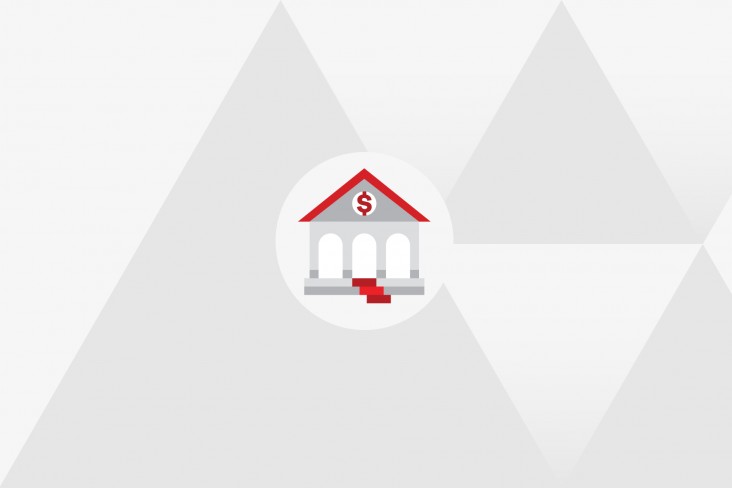There are a myriad of government measures to help support the business community while the rest of New Zealand concentrates on saving lives by observing the lockdown. The government’s objective is twofold. Firstly, to reduce the risk of businesses going under as well. Secondly, to maintain a healthy workforce so the business community can restart the economy once the restrictions are lifted.
There is already a lot of information on the Wage Subsidy so this article will focus on what you need to know about two new initiatives — the Business Finance Guarantee Scheme and the Insolvency relief package.
Cash is King
As a starting point, we recommend every business should work through their cash flow forecasts for a minimum of six months or 12 months if possible, before applying for any support. It would also be prudent to run forecasts based on the different scenarios and the likely impact of the different alert levels.
For example, how will your business be impacted if we remain at Alert Level 4 and the country is in lockdown for two or four months or more? How does that change if we move to Level 3 at the end of April? What will happen to your business if the international borders do not open until the end of the year?
Businesses will be expected to have this information available before applying to the bank or government agency for support.
The Business Finance Guarantee Scheme
The Business Finance Guarantee Scheme (BFGS) is designed to help businesses with cash flow and operating expenses and is another tool for the banks to support businesses. One of the most important business relationships during this time is with your bank. Having frank, open and timely conversations with your bank during this uncertain period is essential.
The government is guaranteeing 80 per cent of the risk while your bank covers the remaining 20 per cent. Normal lending application criteria will still apply, however. A business will need historical financial records, forecasts and a breakdown of the required funding and how it is to be used.
Importantly, the term of the loan is only for three years so repayments may put more pressure on businesses when they are in recovery mode. Other measures, such as a six-month mortgage holiday or interest-only arrangement may be more useful. Applications for the BFGS close at the end of September, 2020 and more details are available here.
Insolvency concerns addressed
The dilemma for many directors and business owners is whether to push forward with business plans despite their current liquidity problems or act conservatively and take steps to wind up the business. Directors will be aware of their duties particularly in relation to reckless trading (carrying on a business where there is risk of serious loss to creditors) and incurring obligations a company may not be able to perform. The risk of personal liability encourages a cautious approach.
To give directors of generally profitable and viable businesses the confidence to continue and to prepare for the ‘other side’, the government has introduced some valuable initiatives. The insolvency relief legislation includes creating a ‘safe harbour’ for decision-making and a Debt Hibernation Regime (DHR) to encourage dialogue between debtors and creditors. The details of the measures and other administrative changes to the Companies Act can be found here.
The full details are being finalised by the government and we will provide an update once these are available. In the meantime, here’s what you should know.
Safe Harbour
The new legislation will provide a `safe harbour’ for directors in relation to reckless trading and trading while insolvent. Directors’ decisions to keep on trading, as well as decisions to take on new obligations over the next six months, will not result in a breach of duties if:
- Liquidity issues over the next six months are due to the impact of COVID-19;
- The company could pay its debts as they fell due on 31 December 2019; and
- The company is more likely than not to be able to pay its debts as they fall due within 18 months.
The Safe Harbour is not a tool to assist already struggling businesses. Directors must abide by other duties in the Companies Act and continue to act in good faith and in the best interests of the company.
The Debt Hibernation Regime
This initiative encourages proactive management of debt and open discussions with creditors. The intention is to encourage businesses to continue trading and give creditors confidence that there is a plan in place to repay existing debt.
If there is agreement with 50 per cent or more of creditors, a six-month moratorium on the enforcement of debts will be available. The DHR is available to companies, trusts and partnerships and other legal entities but not to sole traders.
None of the above measures are a `get out of jail free card’ but if utilised correctly can provide some comfort and confidence to businesses to continue to trade without serious risk of personal liability or enforcement proceedings. Early engagement with stakeholders is key during these challenging times and the measures provide a framework for that to occur.
Please talk with us if you need to know more or if you are struggling with the impact of COVID-19. Our Business Team is ready and available to help.
